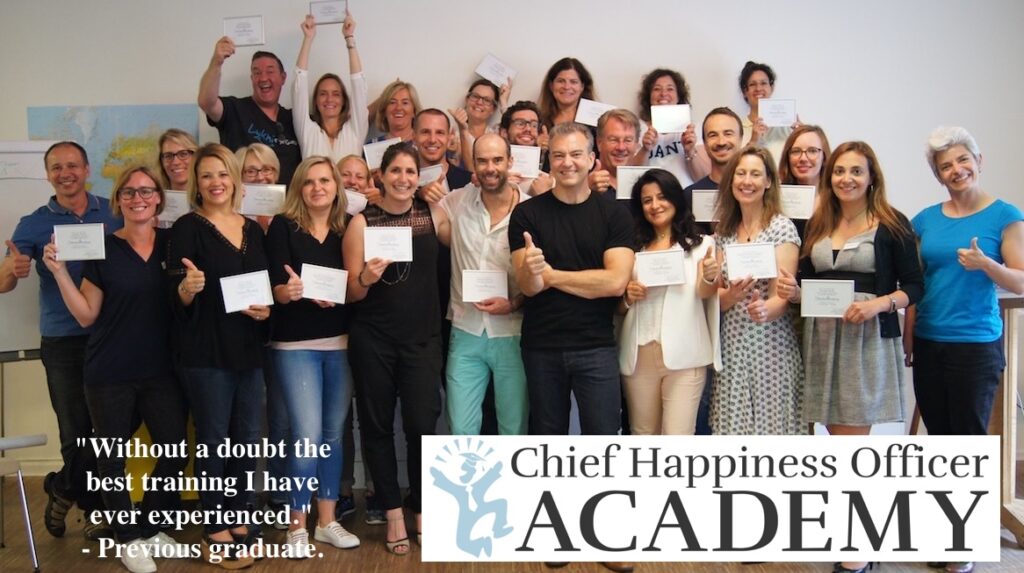Last night I had the pleasure of meeting Margaret Wheatley (or simply Meg) for the first time. I was part of a circle conversation about leadership, arranged by my good friend Carsten Ohm. Meg is the author of (among others) A simpler way and Turning to one another.
We had a very diverse group in the circle, and as always the discussion was deep and intense. Megs presence gave the discussion an added dimension, because she could use her background and experience to point out the deeper roots of the discussion at a few critical points.
We started from the definition of a leader, that they use in the Berkana Institute, namely that a leader is someone who wants to help (or someone who wants to contribute to positive change).
(more…)
